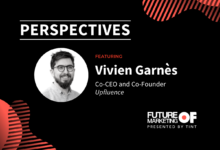Influencers sparked the start of a new era in marketing.
Getting access to an influencer’s audience turned out to be a lucrative strategy for businesses looking to connect with their target market. In 2022, influencer marketing is predicted to grow into a $16.4 billion industry.
But, there’s something new on the rise. It’s similar to influencer marketing but just different enough that marketers need to be aware of the latest in user-generated content.
Say hello to UGC creators. Nope, they’re not influencers. Yes, they’ll make high-quality, converting content about your products.
And brands need both types of creators in their marketing strategy.
Here’s the difference between UGC creators vs. influencers and how to utilize each depending on your current goals.
What is a UGC Creator vs. Influencer?
There are two types of influencers brands choose from when investing in user-generated content. User-generated content creators and influencers. Here’s the difference between them.
Unlike organic, unpaid user-generated content, “UGC creators” are paid to make specific videos or photos about products to distribute across the brand’s marketing channels. Brands pay these creators (from $250/~60 second video) and get all the rights to redistribute the video moving forward (and can even pay for the raw footage to repurpose). UGC creators don’t post the content to their social feeds—they give the videos to the brand to repost on their marketing channels.
As UGC creator Mindy Thomas reminds brands, “You don’t need flashy and polished, you need real and informative with a splash of entertainment.”
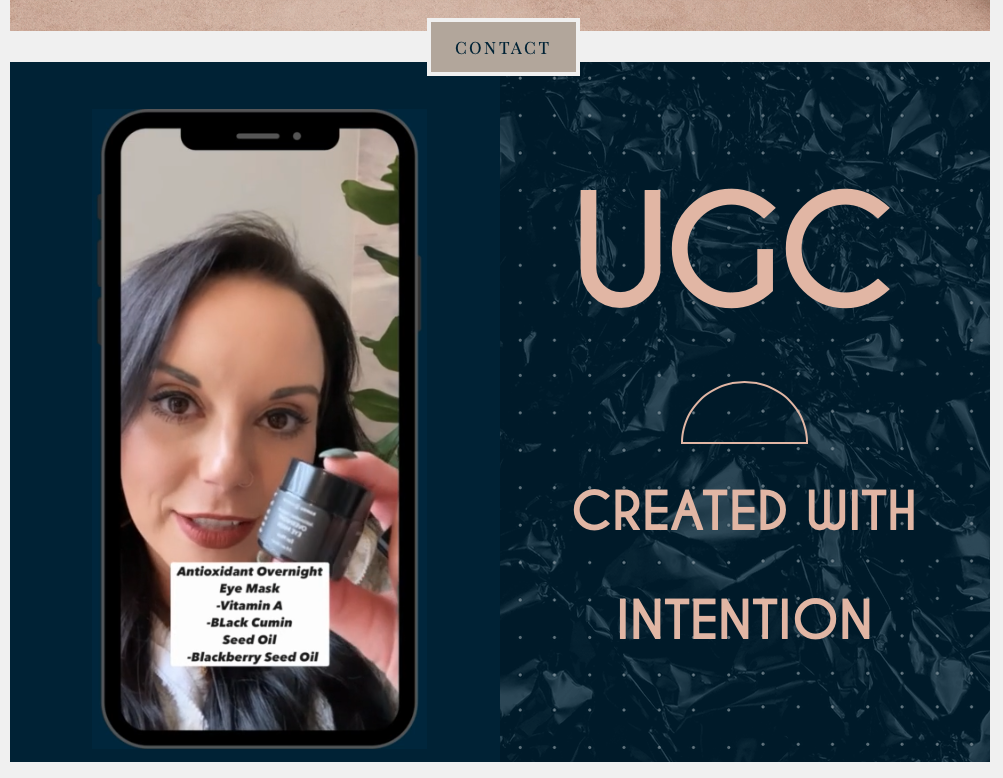
Influencers are paid to take photos and videos of products and share that content across their marketing channels. This is the distinction between a UGC creator and an influencer. An influencer gets paid to create content and distribute it across their social channels. Their contract involves the number of Stories, TikToks, and Instagram posts they’ll publish for the brand. Brands can opt to get the rights to the content and redistribute it across the brand’s marketing channels—but not all influencers offer this.
Mark Zuckerberg, the creator of the platform influencers have built their businesses on explains, “People influence people. Nothing influences people more than a recommendation from a trusted friend. A trusted referral influences people more than the best broadcast message. A trusted referral is the Holy Grail of advertising.”
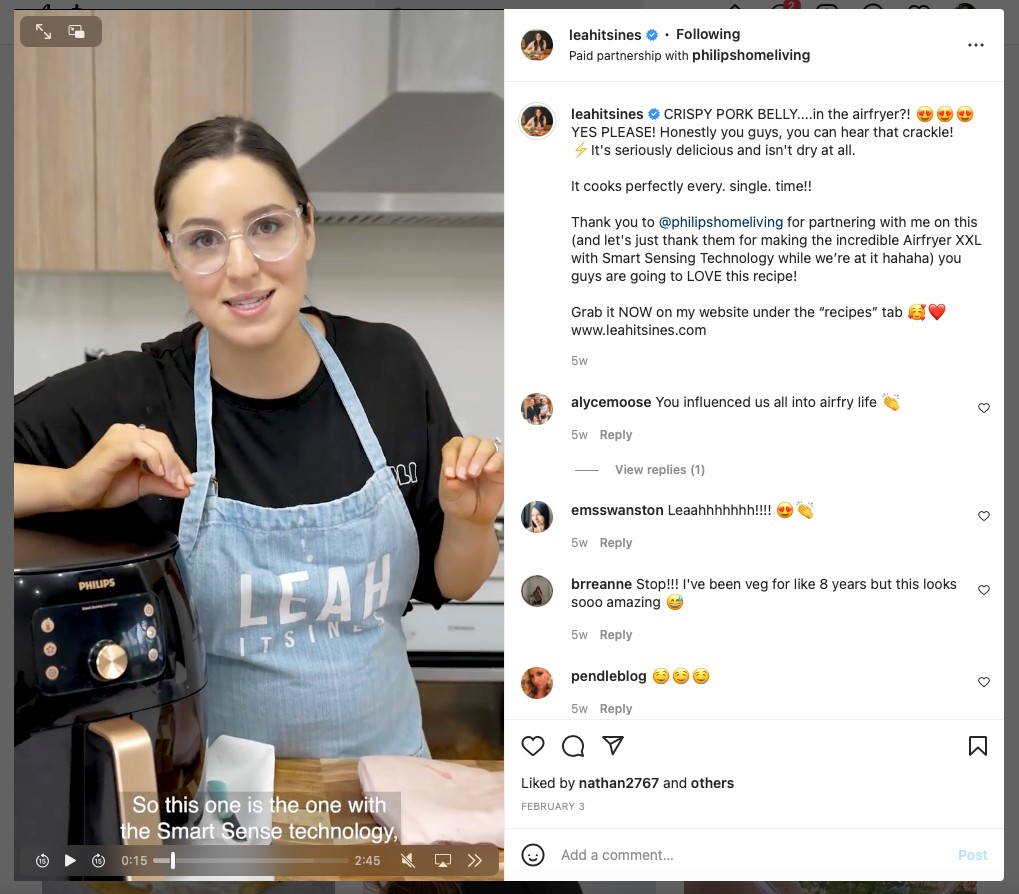
UGC creators and influencers create the same type of content (high-converting testimonials about products and brands), but they have different places in your marketing strategy.
Here’s how to use each type of UGC based on your marketing goals.
UGC Creators vs. Influencers: Which Should Marketers Focus On?
Goal #1: You’re launching a new product
How to use UGC creators: With new products comes crickets in testimonials and feedback. This is where UGC creators thrive. Have UGC creators make videos and leave feedback about your products and place these videos throughout your marketing funnel. From paid ads to product pages—add these testimonials to show how this new product solves customer pain points.
Adding user-generated content across your marketing funnel is huge for conversions—there’s a recorded 29% increase in web conversions when websites feature user-generated content.
How to use influencers: The main goal of launching new products is to create awareness for it. Since influencers have dedicated audiences, and built out marketing channels, paying them to create UGC and post about your products is important for building awareness. To create hype, find influencers in niche groups (biohacking, plant lovers, chefs) and distribute your influencer budget amongst them.
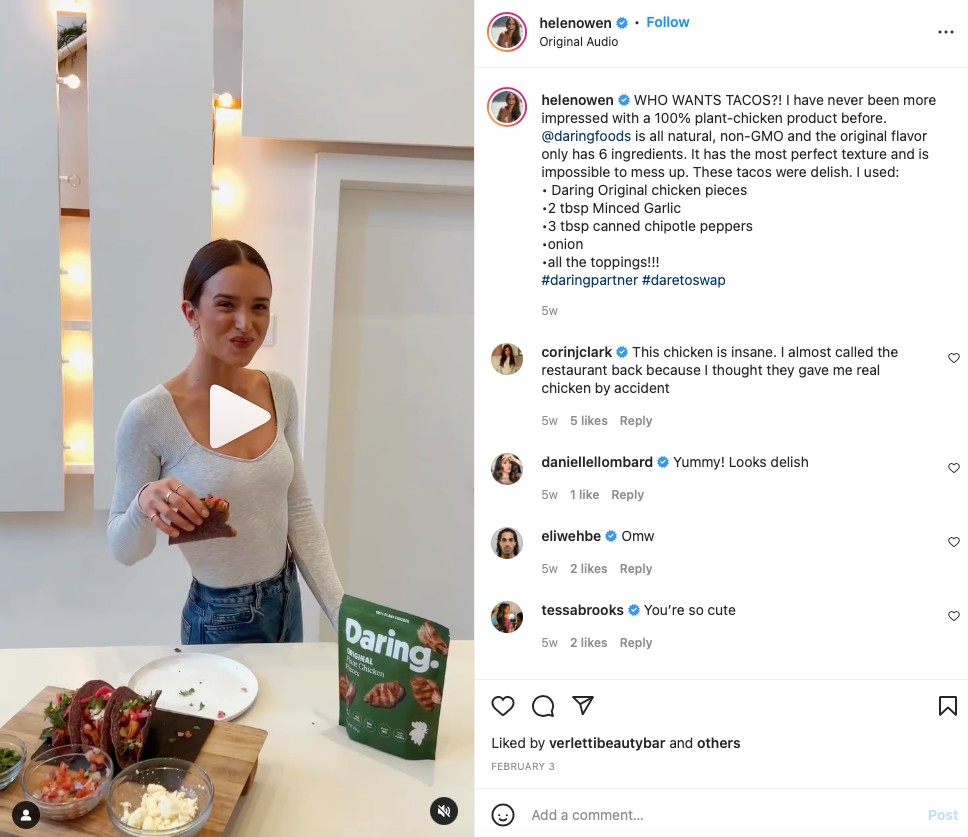
People following several influencers in one niche will see their favorite online personalities promoting the same product, which creates more touchpoints, brand awareness, and the potential for higher conversion rates.
Goal #2: Growing an established brand
How to use UGC creators: An established brand doesn’t have the problem of getting awareness. Its goal is to keep awareness. How do brands use digital marketing to keep their products top-of-mind? By increasing their touchpoints across varying marketing channels from Facebook, Instagram, TikTok—to billboards, in-person digital screens, and packaging. Pay UGC creators to make brand and product content, and reshare it across each of your marketing channels.
Why UGC over brand-created content? UGC Agency Lauren Labeled explains, “If [UGC] looks like an ad right off the bat, it kind of defeats one of the main reasons UGC is so effective. Put yourself in the viewer’s shoes. What would you want to see? What would you care to know about this product that would sell you?”
How to use influencers: To stay top-of-mind, established brands can tap into influencer audiences to grow their brand through relationship marketing. In comparison to promotional UGC creator content, influencer content is meant to relate to that influencer’s audience. The goal of these campaigns might not even correlate to conversions, and instead, focus on making sure people are reminded of a brand’s mission and values. Influencer campaigns can also inspire organic, unpaid UGC from the brand’s customers (you can use TINT to organize this UGC in your UGC Studio).
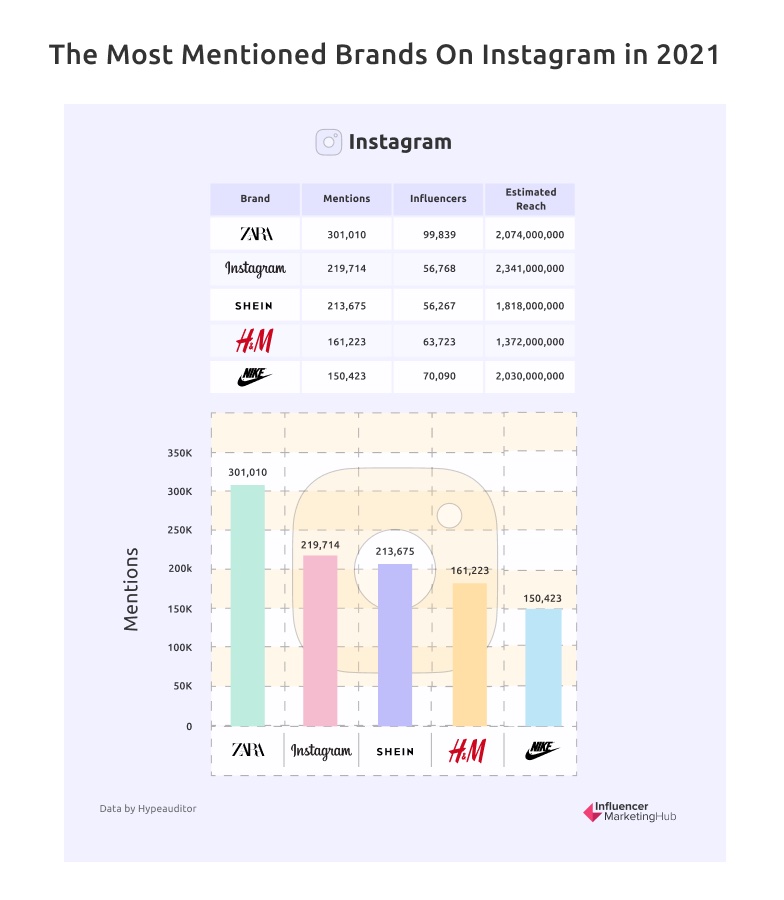
Zara, Shein, H&M, and Nike were the most mentioned brands on Instagram in 2021—all brands relying heavily on influencer marketing. These brands were mentioned on Instagram more (in Zara’s case) and only slightly less than Instagram itself!
Goal #3: Getting conversions
How to use UGC creators: The content created by UGC creators lives on multiple marketing channels. It’s a sponsored post on your ideal customer’s Instagram feed, it’s on your landing page, and it’s next to the buy button on the product page. Brands can look at their marketing funnel, find gaps, and fill it with specifically requested content from UGC creators. Not enough organic UGC about specific products or a benefit of that product? UGC creators can fill that gap and even out your marketing funnel.
Brands saw over a 50% conversion rate for visitors to pages featuring UGC. When you add UGC through the entirety of your funnel, by the time people reach your product page they’re feeling more confident and ready for the purchase.
How to use influencers: Influencer marketing for conversions involves discount codes and UTM tracking. Give influencers discount codes and promote special offers to their audiences to create urgency around purchasing. Then, build out your funnel so people that visited your website from that influencer’s post go into a retargeting funnel with paid ads reminding them of the countdown on your latest deal.
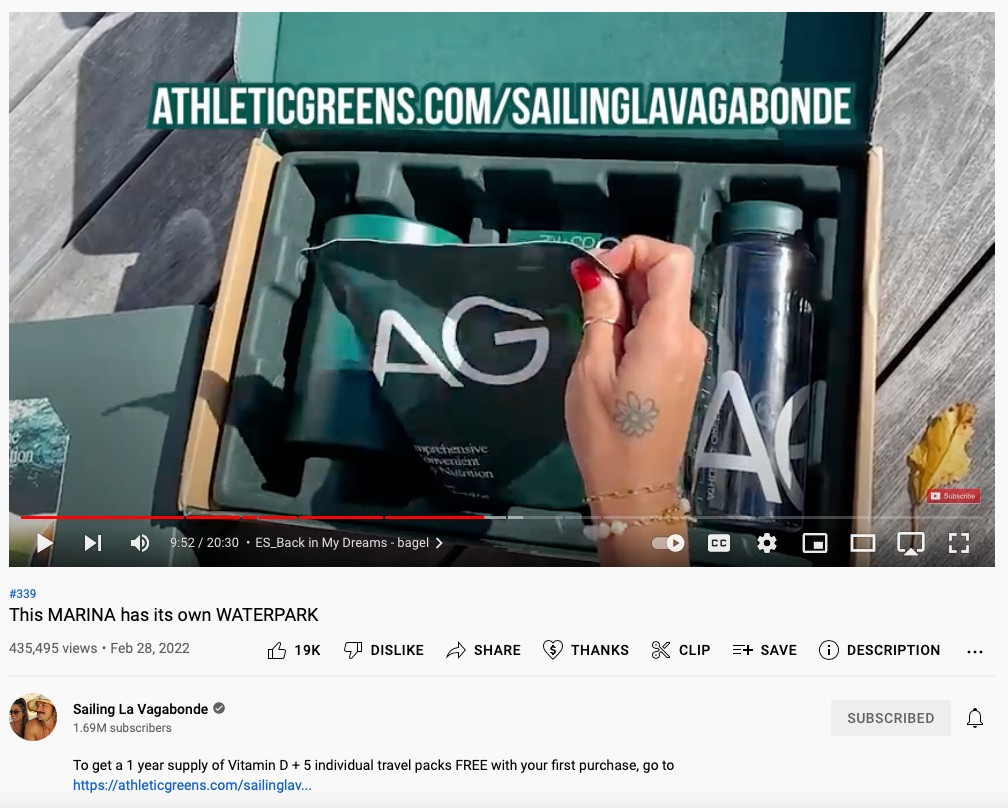
Don’t spend your entire budget on an A-list celebrity campaign. Seventy-nine percent of a micro-influencer audience searched for more information about a product, 65% visited the brand’s website or app, and 46% made a purchase online or offline.
Great Brands are Tapping into the Power of UGC Creators *and* Influencers
In 2022, influencer marketing isn’t the only way brands should get user-generated content.
While it’s still a huge part of marketing, the most forward-thinking brands are bringing on UGC creators and agencies to help create the perfect content based on their goals.
These brands all have one thing in common: they’re focused on the future of marketing. And they’re not figuring it out through a crystal ball. They’re outsourcing the hunt for the latest trends and what they should prepare next year by subscribing to the Future of Marketing.
Join the 30,000+ other marketing leaders reading the Future of Marketing.

